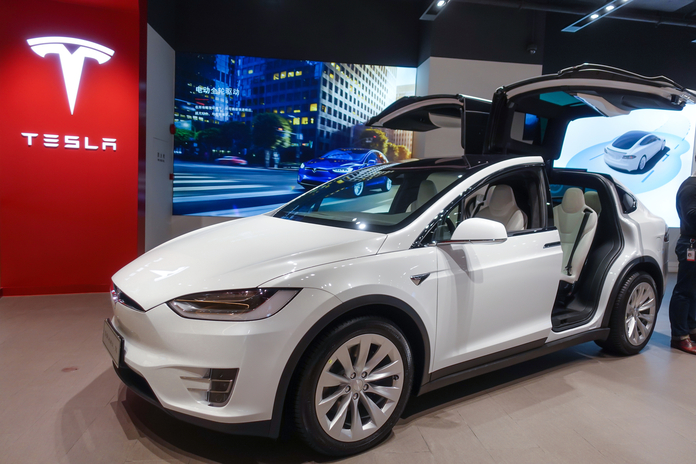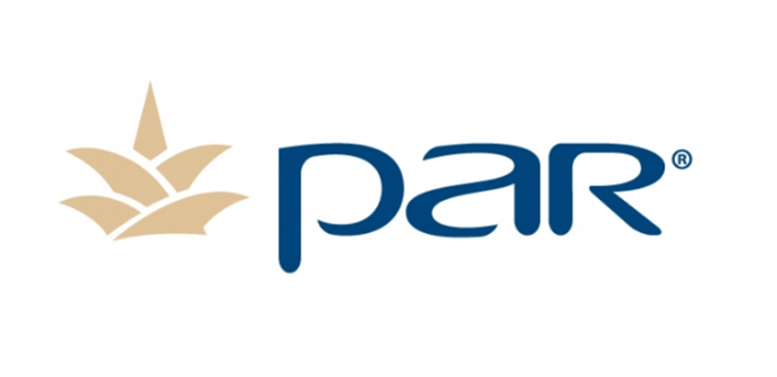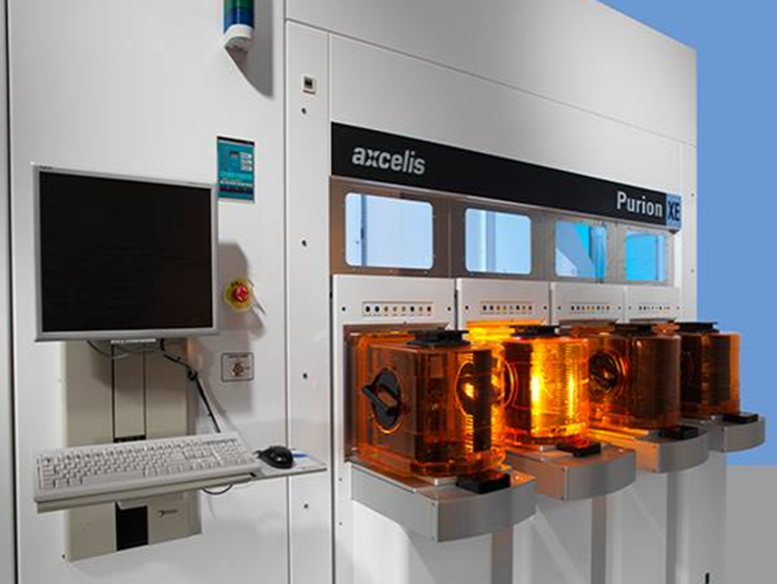Tesla’s (NASDAQ:TSLA) decision to allow certain drivers to engage its Autopilot driver-assist system for longer durations without maintaining hands on the steering wheel has prompted unease among U.S. safety regulators.
The National Highway Traffic Safety Administration (NHTSA) has instructed Tesla to disclose the number of vehicles that have undergone a software update enabling this functionality. Additionally, the agency is seeking further details about the electric vehicle manufacturer’s intentions regarding broader implementation.
In a letter dated July 26, John Donaldson, the acting chief counsel of the agency, expressed reservations about the introduction of this feature to consumer vehicles. He emphasized concerns that the public’s awareness of this capability might lead to more drivers attempting to activate it. Donaldson highlighted that relaxing the requirement for drivers to remain engaged during dynamic driving tasks could potentially result in greater driver distraction and reduced oversight of the Autopilot system.
Tesla’s response to this matter is currently awaited. Elon Musk, Tesla’s CEO, shared his enthusiasm for Autopilot in a tweet, stating, “If you haven’t tried Tesla Autopilot, you don’t know how awesome it is.”
The NHTSA has been investigating incidents involving Autopilot, including collisions with stationary emergency vehicles on highways and accidents involving motorcycles and tractor-trailers. The agency initiated a formal investigation in 2021 and has been examining 35 Tesla crashes since 2016 that potentially involve partially automated driving systems. Tragically, at least 17 individuals have lost their lives in these accidents.
Tesla has asserted that its Autopilot and “Full Self-Driving” systems do not enable fully autonomous driving and that drivers must be prepared to intervene when necessary. Autopilot is primarily designed to keep a vehicle within its lane and maintain a safe distance from objects ahead.
The NHTSA’s directive compels Tesla to elucidate any alterations introduced through the software update that reduce or eliminate instances where Autopilot prompts drivers to apply torque to the steering wheel. This includes details such as the duration during which Autopilot can function without requiring torque input and any alerts presented to the driver.
In the letter addressed to Tesla’s Senior Legal Director Dinna Eskin, the agency demands an explanation for the installation of the software update and the rationale behind the chosen recipients. It also calls for reports on accidents and near misses involving vehicles equipped with the updated software. The agency is particularly interested in understanding Tesla’s plans for implementing this software in consumer vehicles within the upcoming year.
Tesla is expected to provide a sworn response to the letter by August 25. Failure to comply could lead to the agency referring the matter to the Justice Department, which might pursue a maximum penalty exceeding $131 million.
The efficacy of Tesla’s driver-monitoring system has faced criticism from safety advocates and the National Transportation Safety Board (NTSB), which has voiced concerns about drivers disengaging when Autopilot is in operation.
In the aftermath of examining multiple Autopilot-related accidents, the NTSB recommended in 2017 that Tesla and other automakers restrict the usage of partially automated systems to specific highway types and enhance driver monitoring features. Most automakers, excluding Tesla, implemented the suggestions. In 2021, the NTSB’s Chairwoman, Jennifer Homendy, called upon Elon Musk to act upon these recommendations. It remains unclear whether Musk responded.
Although the NTSB lacks regulatory authority, it can make recommendations to automakers and federal agencies like the NHTSA.While most automakers use infrared cameras to ensure driver attention, certain Teslas have incorporated cameras to monitor drivers. It’s possible that the inclusion of these cameras may be linked to Tesla’s decision to ease steering wheel notifications.
Jake Fisher, who leads auto testing for Consumer Reports, suggests that cameras might offer more reliable driver attention monitoring than steering wheel sensors. He also noted the variable duration for which the system requires hands on the wheel across software updates.
Consumer Reports has identified potential flaws in Tesla’s steering wheel monitoring system, indicating that it can be bypassed relatively easily.
In a recent incident under investigation, a Tesla operating on Autopilot reportedly collided with a tractor-trailer in Virginia, resulting in the driver’s fatality.
Featured image: Megapixl @ Photomall









